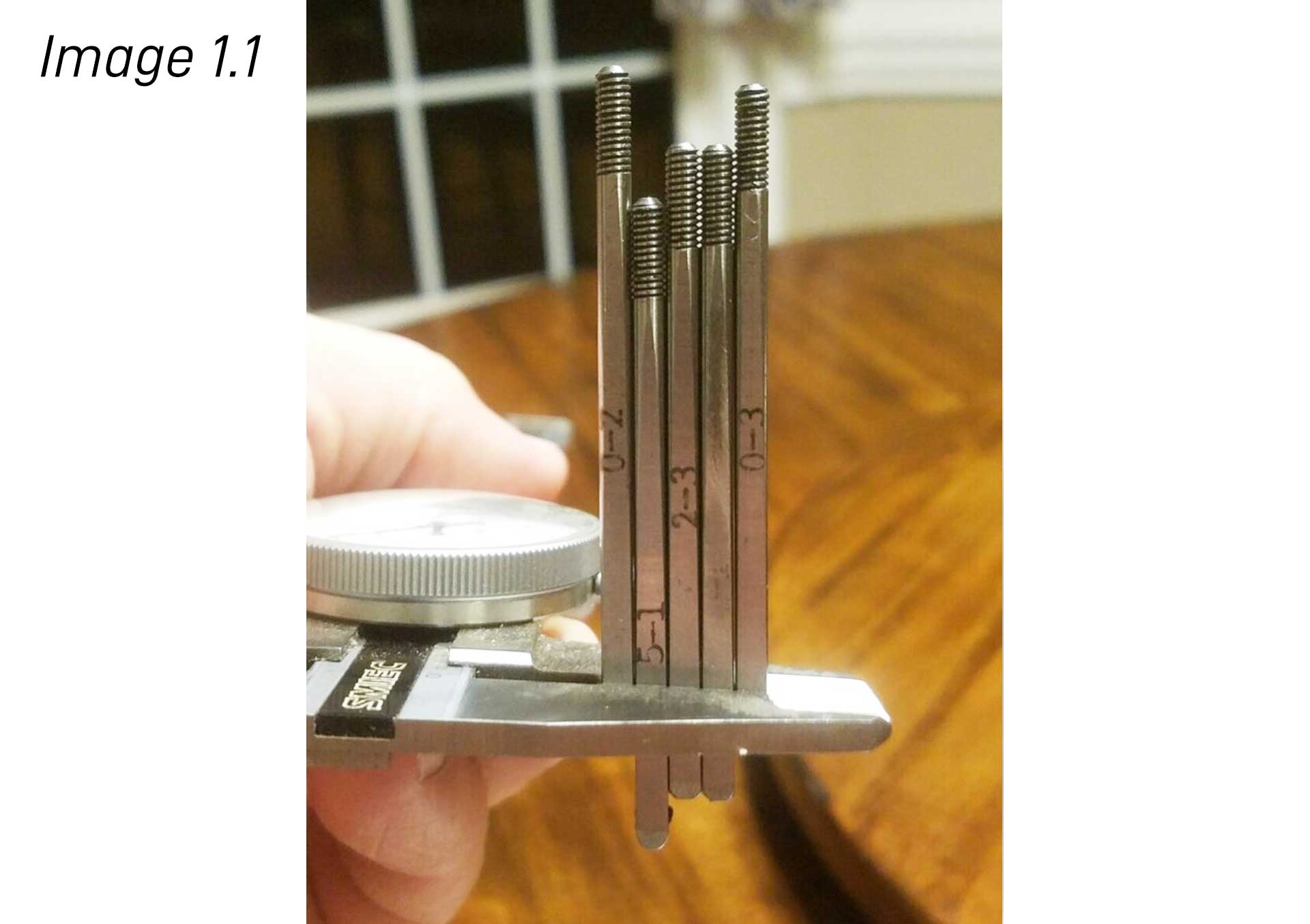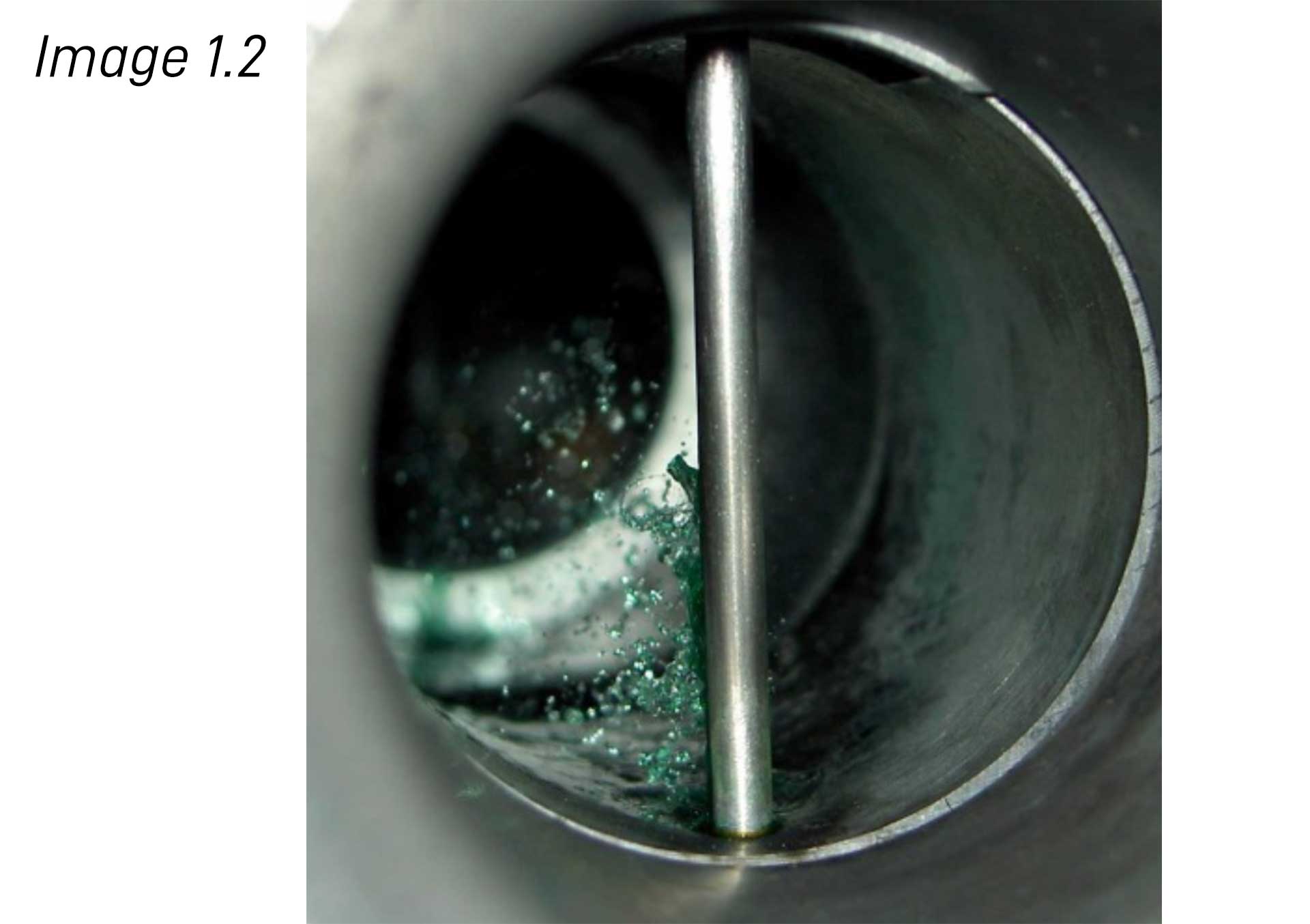My First Experience with a Lectron® Carburetor
Posted by Damian Ercole on 17th Jun 2021
The biggest thing that kept me from trying a Lectron Fuel Systems® Carburetor initially was the cost. The retail price is salty, especially if you have no experience with them or don’t have any friends that have tried one. The only experience I had with them was a buddy of mine that put one on a KTM 250 XC-W (two stroke) that originally came with a Mikuni carb. At the time, it was difficult to tune the Mikuni so he opted for a Lectron. He loved that carb with his only complaint being that he gave up some bottom end grunt with the Lectron over the Mikuni. Overall though, it worked flawlessly and the top end was incredible. Not only that, but he was able to travel further on one tank of fuel with the Lectron than he was able to with the Mikuni, I digress… Here’s my experience with a Lectron® Carburetor on my Suzuki® DRZ™ Dual Sport. It’s a 4-stroke, single cylinder motorcycle ridden both on and off road.
I purchased a kit from Lectron® to convert a CV-style carb to a Lectron carburetor. As I stated above, I always wanted to try one, I just couldn’t get my hand out of my pocket to pony up $800. Well, times are a bit better and I pulled the trigger on a Lectron® Gen II Conversion Kit for my newly-acquired 2001 Suzuki® DRZ400S. We sell it in our shop and you can find all of the details by clicking here. This blog post is not to review this particular conversion, per say, but rather share with you my overall experience with the entire Lectron® carburetor experience: from installation to tuning.
Let me start with a brief explanation on how the carburetor works in comparison to a conventional carb:
- Most of us know that a conventional slide type carburetor uses air velocity to draw fuel out of the bowl through a main jet; metered by a needle. This is just one of three circuits that a conventional carb uses to impart fuel into an engine at varying RPMs.
- The main jet circuit is responsible for mid to top end RPM whereas the other two circuits take care of idling and just off idle to mid-range RPM, also metered by various size jets and adjustable needle screws.
- The Lectron® carb uses air velocity and air pressure to create “Fuel-Lift”. The metering rod, which is attached to the slide, is cylindrical in shape with a flat, tapered grind on the side facing the engine. (See image 1)

- The shape and contour of the ground surface of the metering rod controls how much fuel is allowed to be drawn up in response to the extremely strong fuel pick-up signal. (See image 1.1)

- The air that is rushing through the carburetor venturi, passes by the metering rod creating a low pressure atmosphere on the ground side of the metering rod. That low pressure zone draws fuel up from the carburetor bowl into the venturi and then into the engine. (See image 1.2)

- The depth of the grind determines the amount of fuel delivered to the engine. The fuel charge is supplemented on the top end by a power jet. The power jet adds additional fuel to the engine at high RPM.
Here is what I think is the best part of a Lectron® carb… Since the Lectron® uses air pressure to meter the fuel, colder ambient air temperatures and lower elevations have more dense air creating a stronger fuel signal thus drawing more fuel into the engine. Higher air temperatures and elevations have less dense air creating a weaker fuel signal drawing less fuel into the engine. It’s much like fuel injection, but instead of a computer dictating the amount of fuel going into the engine, physics takes care of it mechanically. In a nutshell, that is how the Lectron® works its magic. This is especially important if you ride in higher elevations or change elevations drastically during a ride.
Now onto the installation of the carb kit on my 2001 DR-Z400S. The kit from Lectron® came with the carb, an intake adapter, Domino throttle and aluminum throttle tube, throttle cams, and a new throttle cable designed to work with the Domino throttle and Lectron® carb. The Lectron® is a little shorter than the OEM Suzuki® carb, so getting the air boot on and stretched enough was a challenge. Patience and pressure paid off and the carb was easily installed along with the other included accessories in about 2 hours.
Per the instructions, I adjusted the choke and fired it up. She started right away and needed an increase in idle RPM. Once that was adjusted, the bike sat there and idled perfectly. There aren’t many 4-strokes out there that will sit and idle when cold. With this bike, you can choke it until it starts and once it’s been running for about 5 seconds on choke, you can take the choke off and the bike will continue to run at a steady RPM without any throttle work.
The only screw that I’ve adjusted on this carb has been the idle speed screw…honestly. I haven’t touched this carb, it’s been fantastic. The only negative thing I can say about this carb is that the vacuum created by the engine at higher RPM will pull the slide against the slide bore making the throttle hard to open. Once the slide is open slightly all is well because the vacuum ‘seal’ was broken. I was told by a Lectron® tech that this is normal and there is a work-around. It’s not really that big of a deal, so I haven’t even tried the work-around yet.
So far I’ve given my impression of the Lectron on a 4-stroke, however they perform even better on 2-stroke engines. Not only do they perform a bit better, but they provide much better fuel economy and are much less expensive than their 4-stroke counterpart. The 2T carbs retail at around $500 and some include a new throttle cable depending upon the application. Using this carb you will notice a much smoother and more controllable power band along with a much healthier top end. Some will say that that there isn’t as much low-end ‘grunt’ with the Lectron and I suspect that this is due to the decreased fuel signal at lower RPMs.
The intention here was to ease your mind if considering the purchase of a Lectron carb. It is a lot of money, however the benefits of the Lectron are substantial especially if you live in higher elevations or your rides cover large elevation changes. All I can say is that you won’t be disappointed. Lectron® has been around for about 40 years now and that’s for one reason only; they build a user friendly and reliable carbureter.





